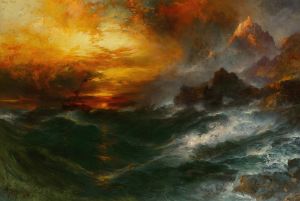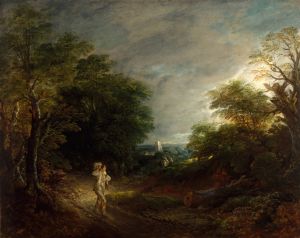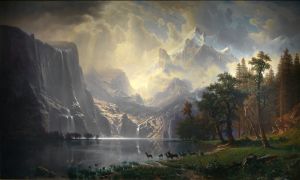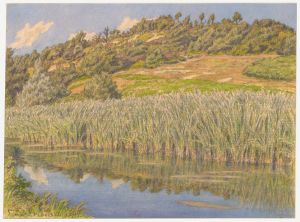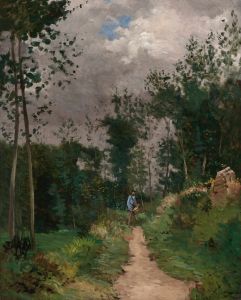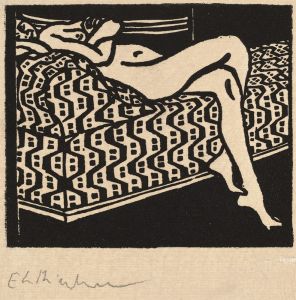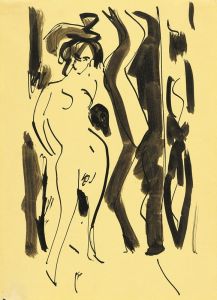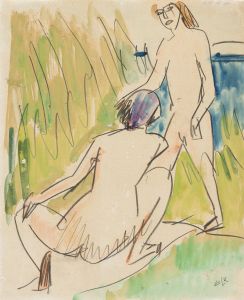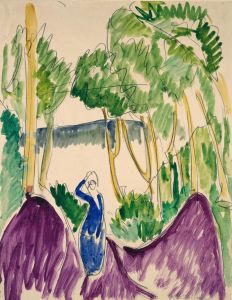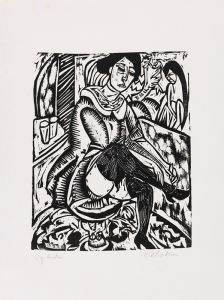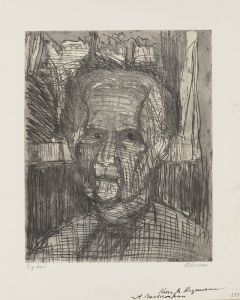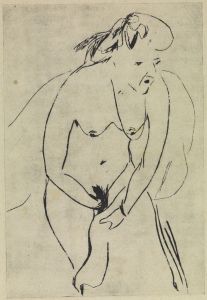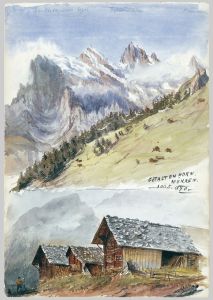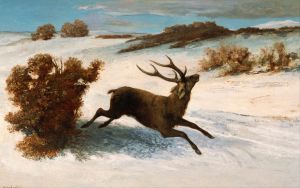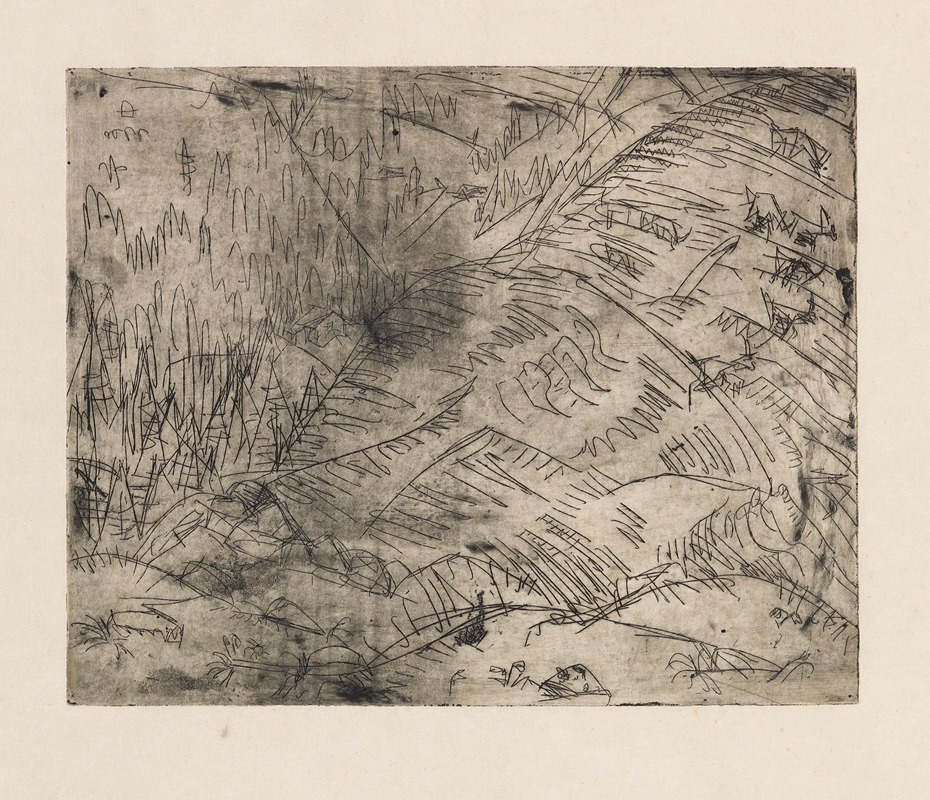
Berghang mit Ziegen
A hand-painted replica of Ernst Ludwig Kirchner’s masterpiece Berghang mit Ziegen, meticulously crafted by professional artists to capture the true essence of the original. Each piece is created with museum-quality canvas and rare mineral pigments, carefully painted by experienced artists with delicate brushstrokes and rich, layered colors to perfectly recreate the texture of the original artwork. Unlike machine-printed reproductions, this hand-painted version brings the painting to life, infused with the artist’s emotions and skill in every stroke. Whether for personal collection or home decoration, it instantly elevates the artistic atmosphere of any space.
Ernst Ludwig Kirchner was a prominent German expressionist painter and one of the founding members of the influential art group Die Brücke (The Bridge), which played a crucial role in the development of modern art in the early 20th century. Kirchner's work is characterized by its bold colors, dynamic compositions, and expressive forms, often reflecting the psychological and social tensions of his time.
"Berghang mit Ziegen" (Hillside with Goats) is one of Kirchner's many works that capture the essence of nature and rural life, themes that he frequently explored throughout his career. While specific details about this particular painting are limited, it is consistent with Kirchner's broader body of work, which often depicted landscapes and scenes from nature with a vibrant and energetic style.
Kirchner's landscapes are known for their vivid color palettes and expressive brushwork, which convey a sense of movement and vitality. His approach to painting was heavily influenced by his desire to break away from traditional artistic conventions and to express a more subjective and emotional response to the world around him. This is evident in "Berghang mit Ziegen," where the natural forms of the hillside and the goats are likely rendered with a sense of immediacy and spontaneity.
The depiction of goats in this painting may also reflect Kirchner's interest in rural and pastoral themes, which he often explored during his time in the Swiss Alps. After moving to Switzerland in 1917, Kirchner's work increasingly focused on the landscapes and rural life of the region, capturing the serene yet dynamic qualities of the natural environment. This shift in subject matter was partly a response to his experiences during World War I and his subsequent search for peace and solace in nature.
Kirchner's time in the Alps marked a significant period in his artistic development, as he continued to refine his style and explore new themes. His landscapes from this period are characterized by their bold use of color and form, as well as their ability to convey a deep sense of connection with the natural world. "Berghang mit Ziegen" fits within this context, showcasing Kirchner's ability to capture the essence of a scene with both emotional depth and visual impact.
Throughout his career, Kirchner faced numerous challenges, including struggles with mental health and the political turmoil of his time. Despite these difficulties, he remained a prolific and influential artist, leaving behind a legacy that continues to inspire and resonate with audiences today. His work, including pieces like "Berghang mit Ziegen," is celebrated for its innovative approach to form and color, as well as its ability to convey the complexities of human experience through the lens of nature.
In summary, "Berghang mit Ziegen" exemplifies Ernst Ludwig Kirchner's distinctive style and thematic interests, reflecting his deep engagement with the natural world and his commitment to expressing the emotional and psychological dimensions of his subjects. While specific details about the painting may be scarce, it remains an important part of Kirchner's oeuvre, illustrating his enduring impact on the world of modern art.





